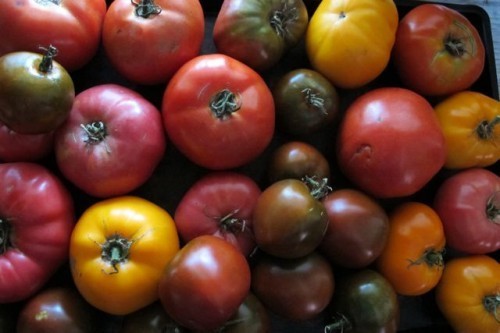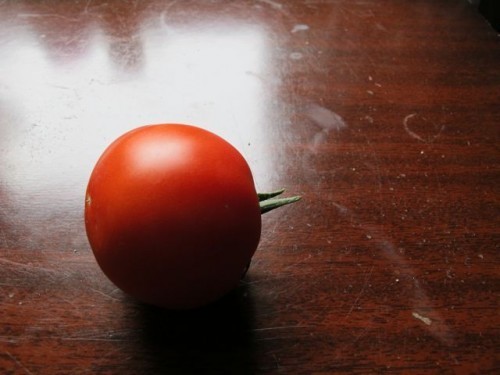Sherrie Flick's Blog
October 8, 2013
Pittsburgh Quarterly Food Column and Other Things
Hello blog world. I’ve moved most of my garden-to-table food writing over to a regular column for Pittsburgh Quarterly magazine. If you’d like to read more of my food writing, please subscribe to this wonderful print magazine.
I also have a new food essay in the just published Fried Walleye and Cherry Pie anthology edited by Peggy Wolff (University of Nebraska Press). On sale now.
Some more food writing is included in the series “The Other Things We Do,” which I put together as October writer-in-residence over at Necessary Fiction.
Also: it’s time to plant the garlic.
August 14, 2012
Broccoli and Critters
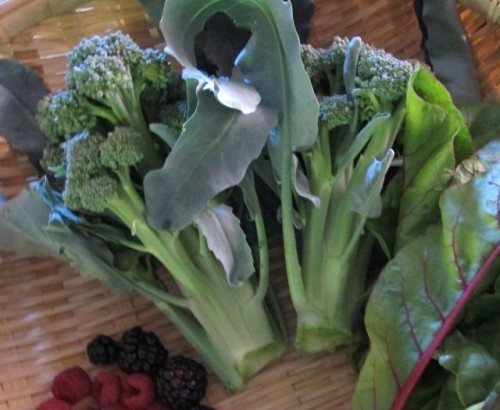
I don’t mind sharing my food with critters traveling through the yard. The birds eat some of the berries. I’ve let the deer have all of the white pattypans at the top of the garden as long as they leave the green ones in the middle for me. It’s when the groundhog decides to take a single bite out of every tomato or gnaws my carrot tops to the ground that I want to be the hunting type.
There’s a give and take to gardening that forces me to look at great spans of time–not just one season. In the past ten years I have harvested so much food from my back yard. I’ve had good tomato years and bad tomato years. Excellent green beans and complete stink bug-demolished plantings. Time needs to be reconsidered for those of us who grow our dinners. I need to harvest what’s coming in now, and it doesn’t matter that the peppers are weeks behind last year’s. They aren’t growing on my schedule. With this alternative understanding of time I’ve also come to comprehend rain levels and humidity highs and lows–frosts and droughts—in a way I never could learn in science class. I’ve learned to look and listen and pick the bad bugs off the plants while leaving the good ones to do their thing.
Last year, when every broccoli plant in the garden was ready to harvest, I thought I would be efficient and just cut one head at a time. I used one wonderful plump bunch of stalks in that night’s dinner. So fresh! So green! Perfect.
The next morning when I walked out to the yard to water, everything blooming and festive as it only gets in late summer, I noticed the groundhog had chomped the rest of the broccoli. Nothing else–just the broccoli. All gone.
I’ve found that critters are quite the connoisseurs. They eat the berries just as they’re gorgeously, exactly ripe. They wait until the kale is luminous and then mow it down. So went last year’s broccoli.
This year I almost made the same mistake. And this year, I must note, the broccoli is gorgeous–a luscious green with firm stalks and not buggy at all. I planted it alongside dill this year, as my companion planting book suggested, and I do think it helped with the little bugs that sometimes nest in the puffy heads. I have six lovely broccoli plants in total.
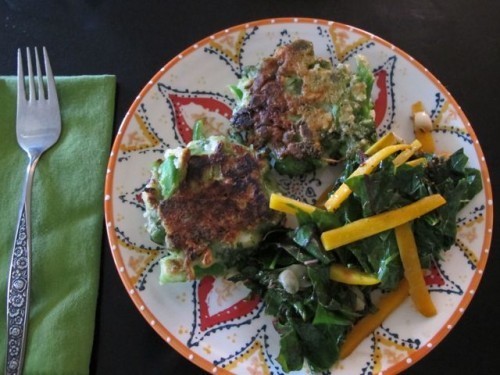
I neatly cut two heads–what I would need to make the broccoli fritters I wanted to try. I picked some chard, some blackberries and raspberries, and headed inside.
As I chopped and steamed the broccoli, last year’s massacre came to mind. When my husband Rick came in the door from his day of work and asked if he could help in some way, I handed him my harvest basket and the clippers and said–cut all the broccoli you see out there. So, he did, bringing in 4 lovely bunches, which went into the fridge. The next night I would make a tasty broccoli pesto pasta and then eat the leftover pesto with bagel chips for a snack the next few days.
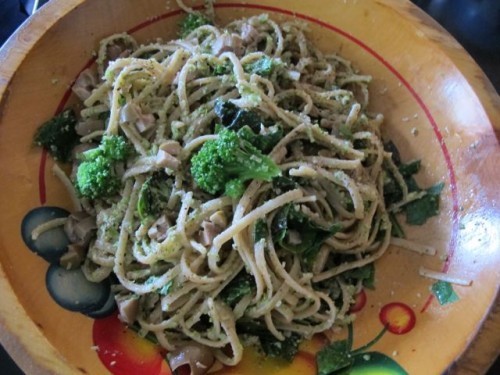
When I wandered into the garden the next morning–putzing around like I do, deadheading marigolds and thinning the kale, adding some mulch to the new round of beets–I noticed a newly dug hole under the fence. A groundhog-sized hole–very neatly done. The kind of hole a foodie groundhog would dig. A pro.
So I sucked in my breath, waiting to discover what had been chomped upon, but I found nothing.
What I imagine is the ground hog timing his dig in order to dine out on the most succulent broccoli—broccoli he’d bragged about to his groundhogs friends back at the bar. I imagine he found all the plants harvested and then cursed me for ruining his big night out. I can see him waddling on home, dejected, eating a bag of discarded Fritos one block over and maybe pulling a microwave dinner from someone’s trash bag.
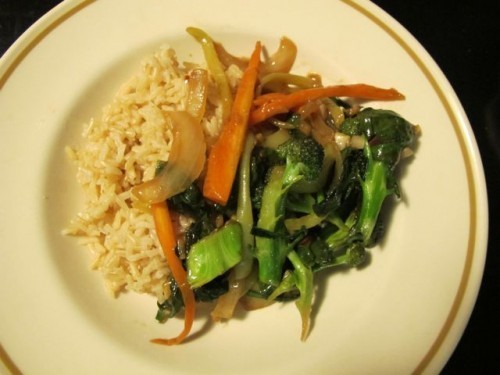
Me, I made a nice broccoli stir-fry.
July 18, 2012
Lemon Balm: Use It Up
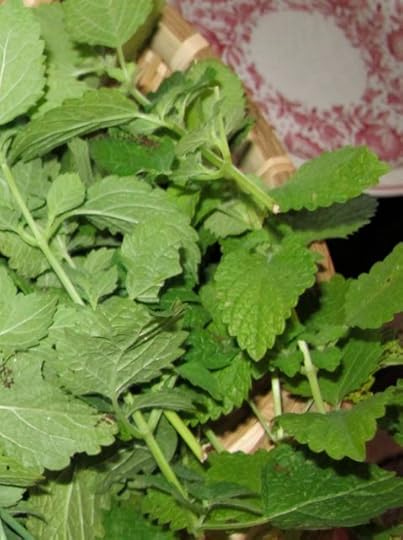
My home is perched on a steep hill in Pittsburgh’s South Side neighborhood known as the Slopes. My back yard slopes upward away from the back of my house. It’s long and narrow and each summer for the past 10 years I have dug up a bit more lawn. It’s now a series of gardens that my household eats from June to November.
Sometimes it’s overwhelming to take care of all the plants. Sometimes it’s easy. I’m protective of them–the plants–and can get very angry at deer and groundhogs who try to come and eat them up. I was comparing the plants to children the other night until my friend Bob reminded me that I also eat them, eventually, too. So that metaphor doesn’t really extend in a healthy way.
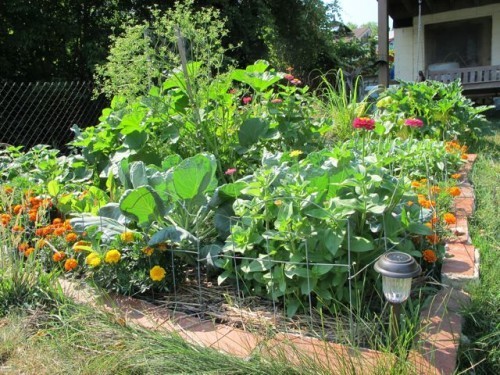
Nevertheless, I grow a variety of vegetables and berries in my gardens, and over the years have put in a wide range of perennial and annual herbs. I grew the herbs initially because they were easy and they smelled good, the deer and groundhogs stayed away from them, and the blooms were pretty. I knew they often attracted good bugs to my plants and helped other plants grow better. I started using some of them in teas (lemon balm, lavender) and ices (rosemary, lavender) and pestos (basil, oregano, parsley). But still, I had a lot of herbs out there taking up a lot of space, and I really didn’t have a plan for them.
Then this Summer I decided to teach the book Wild Flavors by Didi Emmons in my Food Writing class at Chatham University. I came upon this book after hearing an interview with Emmons on PRI’s Living on Earth. The book’s focus intrigued me. Emmons, a Boston chef, decided to live with forager and eccentric Eva Sommaripa for a year. In this year, she learned to live off of the land around her, learned about bartering and community, and not wasting. Emmons’ book may be a bit too much for some of my students who aren’t even used to cooking, let alone thinking about foraging and eating weeds and using every part of a vegetable. But, for me, reading it has been life changing.
Take lemon balm, for instance. Once it’s in your garden it’s pretty enthusiastically there. You don’t tend to just have a little bit of lemon balm, but instead a big heaping mess of it. It comes back every year, and it smells beautifully citrusy and bright. So, while I’m gardening I like to pick a few leaves and run them through my fingers. In the past I’ve put some in hot water for tea but that’s about it.
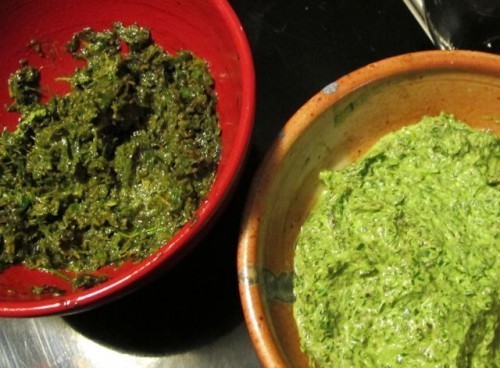
But in Emmons book there are several recipes using lemon balm as a main ingredient. I tried two. Lemon Balm Compote and Lemon Balm Borani. (Click on each for a link to the recipe.) These recipes–although they make small quantities–call for quite a bit of balm. Harvesting it I felt like my herb had a real purpose. And then the wonderful result–the borani’s lemony smoothness that worked wonderfully in place of a basil pesto with pasta and also on crackers and on bread–on a grilled cheese sandwich…anything really. It would go well on anything.
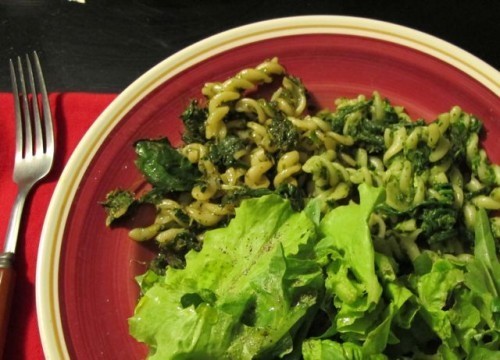
The compote is bit more intense. It’s thick and leafy–spreadable, but in an awkward way. It is more of a special treat kind of spread. Something to layer onto a piece of grilled fish or tofu. (Although I also used it on pasta, like pesto, to great success.) The great thing about the compote is that it’s freezable! I’m already looking forward to thawing out some lemony freshness in the dead of winter.
July 13, 2012
May 3, 2012
Grilled Cheese Improvisation: 10pm Miracle
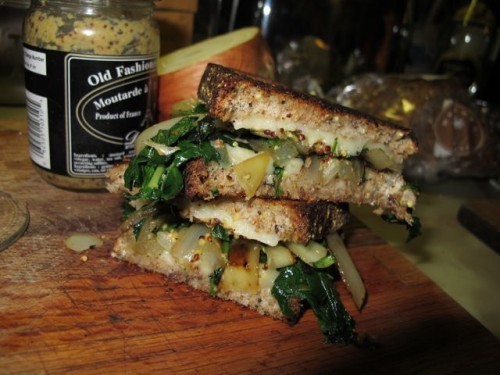
I’ve been a bit over scheduled these past few months. And it isn’t like I haven’t been thinking about food and eating food and making food. I just haven’t been writing about it. I would like to discuss ramps and the local mushrooms I’ve been cooking with–I’d like to talk about the thin quiche I made in a tart pan and also the variety of banana breads I’ve baked. I would like to write about my love for kale and the fact that my peas are planted and sprouting.
That is the future. The present is grilled cheese.
The end of my over scheduled schedule came to a halt at 10 pm on Sunday night as I sent off my last obligation–a gigantic freelance project. I needed to celebrate deeply these weeks and weeks leading up to Sunday night at 10pm. So, I made a grilled cheese sandwich. I sauteed some local sweet onions and spinach together with fresh tarragon. Sliced up some sharp cheddar. Used one of my favorite local breads a sunflower multi-grain and added some nice grainy mustard.
I also added a nice glass of Petit Syrah (Bogle) one of my favorites.
And I welcomed freedom.
March 23, 2012
Grilled Cheese Improvisation: Sharp Cheddar with Fresh Chives and Sage
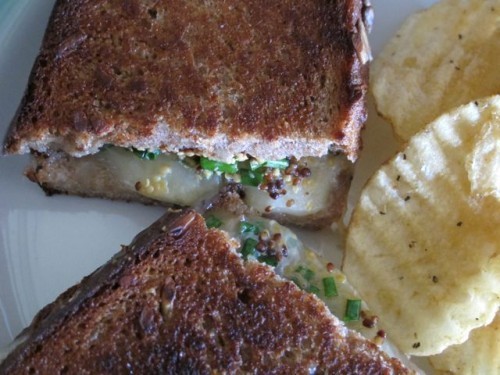
Some people see a bobbing Robin hop across their lawn and think Spring. For me, it's the first spiky head of chives poking up on the edge of the herb garden. The level of green emanating from this plant makes me stop and take deep hopeful breaths. Spring. Is. Here.
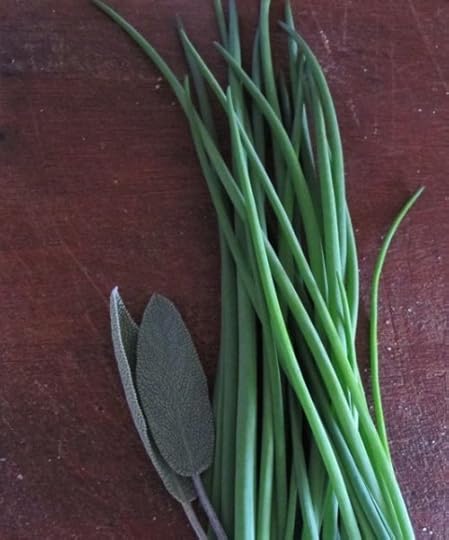
Of course my first instinct is to snip the chives and while I'm at it, clip a couple sage leaves that have overwintered. My second instinct is to chop them up and sprinkle them on my grilled cheese sandwich.
I used a local cheese: Minerva's sharp cheddar and some grainy brown mustard. Lunch. Spring. Birdsong. Sunshine. It's here.
March 8, 2012
Chocolate-Beet Cake with Cayenne, Fresh Pear, and Black Pepper
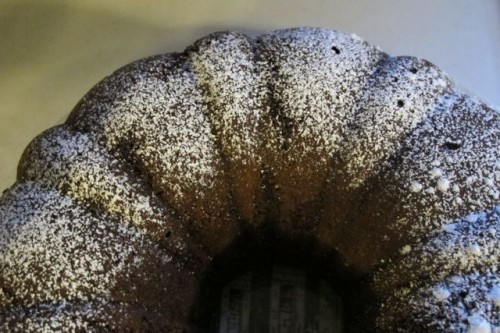
Beets bobbed like roiling hearts in the pan of boiling water. I measured the flour and baking soda into a big green bowl. Turned up the radio as a Felice Brothers song came on. Added salt. When I grabbed the pepper grinder and then the cayenne, I knew I'd tugged my recipe into uncharted waters.
I've warmed lately to the idea of improvisation with my baking—adding savory ingredients to sweet. Trying to predetermine and create a kind of taste that's new to me–fresh to my palate. I think I'm trying to surprise myself.
I used to do this more frequently, and I also steadily messed up perfectly fine recipes. But these days after logging so many hours in the kitchen, I can sight-read a recipe; taste it just by running my finger down the list of ingredients. I've started dabbling in flourishes.
The smell of the beets boiling helped me reach for the pepper. Adding the pepper to the flour mixture helped me think about adding a little zing. In went the cayenne.
The beets needed to cook for quite some time before their skins slipped off in one swift thumbing. In the meantime, I melted the unsweetened chocolate and olive oil together in my double-boiler. That strange smell—what should have been sweet but instead was olivey-chocolate led me to the bowl of pears on the counter. Beautiful red Bartletts. I cut thin quarter moon slices.
Once the beets were pureed and the sugar creamed with more olive oil. Once the egg and vanilla and chocolate mixture were added and the flour stirred in, I had an intense maroon batter: beautiful.
I layered the pear slices midway in the pan so they would be a sweet surprise once the cake was cut. In fact, they magically melted into the cake–what was left was the idea of pear in each bite.
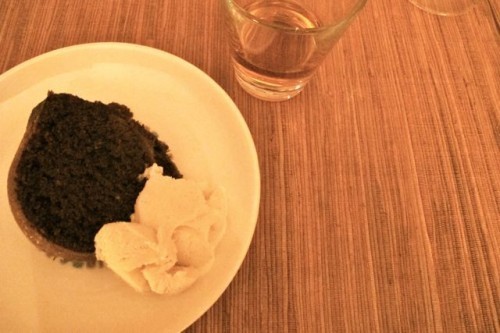
Just as carrots give moisture to a carrot cake, beets add moisture and depth to this chocolate cake. It doesn't, however, taste beety. It's more of an earthy chocolate once it's in your mouth—not too sweet, but rich and surprising. And nutritious too.
Recipe
(I worked from the Chocolate Beet Cake recipe on p. 62 of Farmer John's Cookbook.)
4 oz. Unsweetened chocolate
1/4 c. + 3/4 c. Olive oil
3 Eggs
1 1/4 c. Sugar (I used beet sugar)
2 c. Pureed, cooked beets (3 medium beets)
1 Tbls. Vanilla
1 1/2 c. All-purpose flour
1/2 c. Whole wheat pastry flour
2 tsp. Baking soda
1/4 tsp. Sea salt
1/4 tsp. Black pepper, freshly ground
Pinch Cayenne
1 Pear, cored and thinly sliced
Powdered sugar
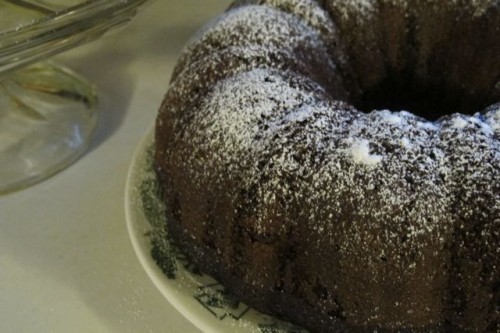
Boil or bake beets until fork tender and their skins slip off (20-30 minutes depending upon the size of your beets). Puree them in a food processor until silky smooth and gorgeous. Butter and flour a standard bundt pan. Set aside. Preheat oven to 375.
Melt the chocolate and 1/4 c. of the olive oil in a doubleboiler. Remove from heat, stir until well combined.
Cream the eggs and sugar in a mixer on medium-high speed until a pretty, fluffy yellow. Slowly beat in the remaining 3/4 c. olive oil, the chocolate mixture, pureed beets, and vanilla.
Combine the flours, baking soda, salt, pepper, and cayenne in a large bowl. Stir the flour mixture into the wet ingredients until just combined. Pour half the batter into the prepared pan; gently layer the pear slices on top, and then pour the rest of the batter on top.
Bake until a knife or toothpick comes out clean when inserted into the cake–about 45 minutes. Remove the pan from the oven and cool on a wire rack for 30 minutes before de-panning. Let the cake cool completely on the rack. Dust with powdered sugar.
Eat with cognac or coffee or vanilla ice cream. Enjoy.
February 29, 2012
The Bake Sale: Considered
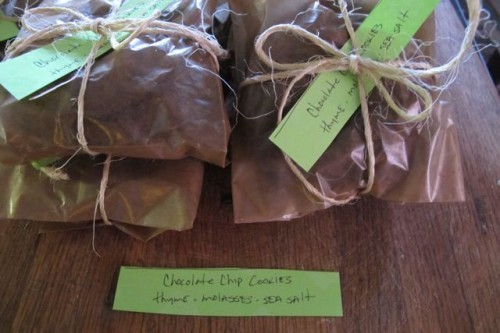
Lately, I've been considering food events with two of my food friends Christina Worsing and Leslie Fleisher. The kind of occasions we've been discussing involve both creatively swapping food and forming different kinds of community. The three of us have cooked many, many meals together.
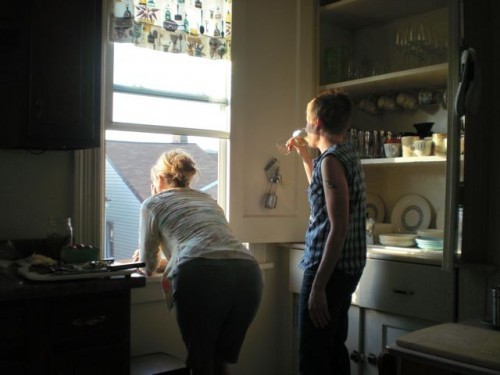
As we tapped away at our email discussion (Leslie and me in Pittsburgh, Christina recently moved to San Francisco), an MFA student from Chatham University where I teach emailed to ask if I could contribute to a bake sale.
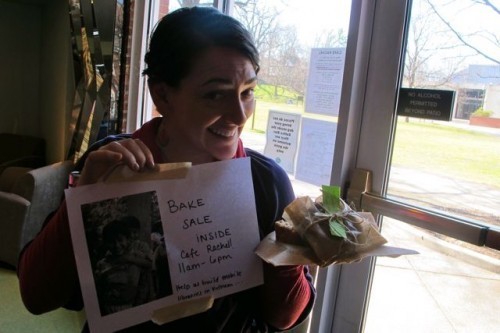
The words "bake sale" immediately escorted nostalgia into the room. I remembered church bake sales from my youth. I remembered high school sports team bake sales, and I remembered—of course—my various stops at bake sales set up on sidewalks and in halls over the years. The picking up of a bundle of snickerdoodle cookies or those wonderful omnipresent sheet pan brownies with the thick chocolate frosting on top? Yum.
What is it about this simple concept that melts our frozen hearts? I think it connects to the honest labor of a person baking in his or her kitchen and then sharing this kind of private domesticity with the greater world. A bake sale is like sharing a whole bunch of tasty secrets. Plus, the act of buying the item(s) carries on good intentions for a cause the organization (and you—by extension) believes in.

For Chatham's bake sale I made Chocolate Chip Cookies with thyme, molasses, and sea salt–a perfect excuse to pull out the sheet pans and mixer. I worked from this recipe posted at Desserts for Breakfast. The fresh thyme is a subtle accent here–not overpowering–and mixes well with the chocolate and molasses.
This sale's proceeds benefited Le LyHayslip's Global Village Foundation. The graduate students are trying to provide two mobile libraries in rural Vietnam. (Chatham MFA students will be traveling to Vietnam this April and May as part of their annual field study.)
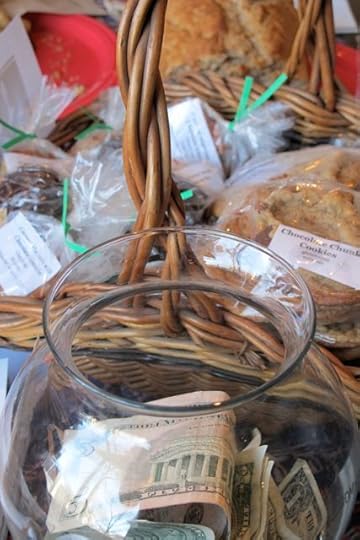
Through donations, "the whole thing raised $647!" poet and bake sale organizer, Jessica Server, said. "All in all, I'm thrilled we did so well. I can't wait to see the final product when we travel in April."
For me, baking the cookies wasn't the end of my contribution. I felt a need for packaging. I like to think about presentation with my food, and so I used wax sandwich bags and garden twine to wrap the cookies in bundles of three. I then made bright green handwritten tags for them.
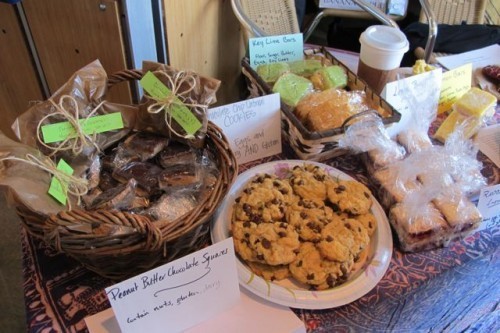
I know Christina and Leslie also think about food and food presentation. How we communicate via the food we eat and share. Christina has recently attended some food swaps in San Francisco. Here's a photo of her offering and what she scored at an event.
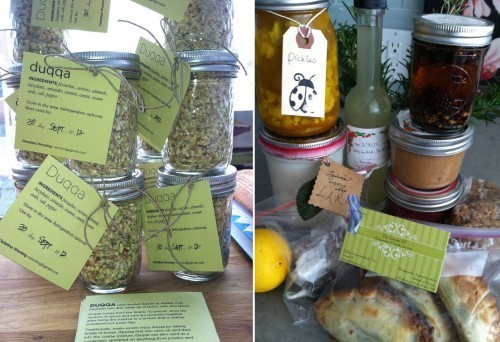
"Since landing in the San Francisco area, I've been overwhelmed by the brush fire of collaboration spreading around food," Christina said. "What makes it so compelling is that resource sharing, whether formal or informal, is making its way into every facet of food production, consumption, and distribution."
As I baked my cookies, computer propped on my kitchen table, I continued this larger food conversation with my friends. Christina wants to put together a food event when she visits Pittsburgh in April. Leslie and I are going to help. As Leslie noted, "Pittsburgh is such a community-minded city that new ideas for creating connections always seem to be so well received. And, personally, I am always excited for any opportunity to geek out over good food with anyone who enjoys it as much as I do!" Me too.
Below is a meal that we cooked together at Christina's house.
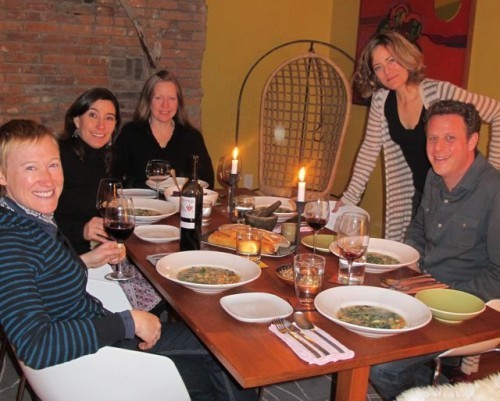
Ironically, as I put this blog post together, an email landed in my inbox from another mutual Pittsburgh food friend (it's a small, big city), Becky Utech Gaugler. Becky helps run Pittsburgh's Soup N'At. At this event eaters raise funds for local art events via home-cooked meals of soup and bread. Great idea? Yes!
In this email she forwarded the site eatfeastly my way and suggested that someone (she was thinking, maybe, me) should start this kind of event here where specialty homemade meals are cooked up and served in a variety of cook's homes. Members of the group show up to eat together, but they don't necessarily previously know each other.
Food is in the air is what I'm saying. The idea of how to make it from scratch, how to find it, and how to have a real experience while eating it. How many ways can we shake this up and still end up with the cozy feeling the words bake sale provide?

"Food swapping could be a real opportunity to put very different people in the same room with one another and get a true taste of the values and personalities that lace their way through our communities," Christina said. "In the longer run, I think the value of a food swap lays in creating public events where we bring very different people together to introduce and expose ourselves to unexpected, invisible or forgotten ways of approaching food."
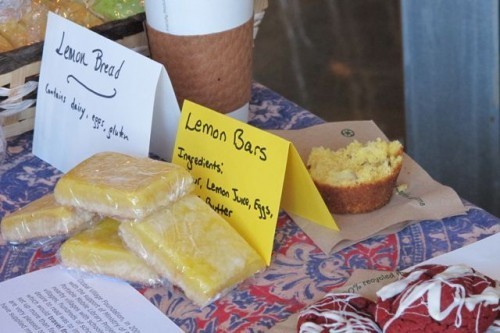
Further resources:
FoodHub
Slow Food
Forage SF
SF FoodSwappers
Three Stone Hearth
La Cocina
Culture Kitchen
February 20, 2012
Spicy, Spinachy, Healthy, Hot Cold Food
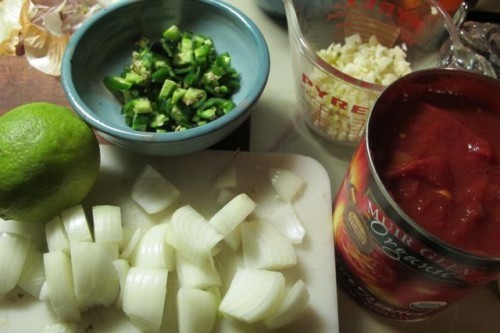
Sneezing. Coughing. Slumping. Napping. Groggy-headed thinking. That has been my winter. Because of this day-to-day reality, my blog writing has suffered. I apologize.
I'm back now–cautiously healthy and cooking/baking up a storm. I thought I'd share with you some of the foods I ate while sick that made me feel so much better.
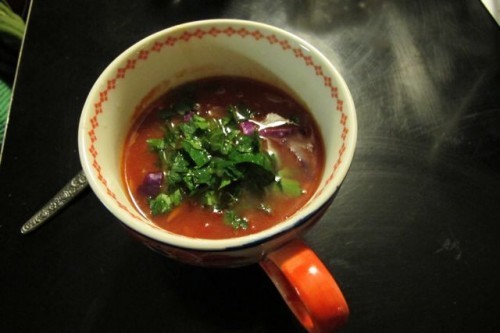
Spicy Hot Cold Soup
This Mother Jones recipe was forwarded to me by the wonderful Alice Julier who directs the Food Studies program at Chatham University. It is spicy and comforting and a forgiving recipe that you can make even while you're sick—with success.
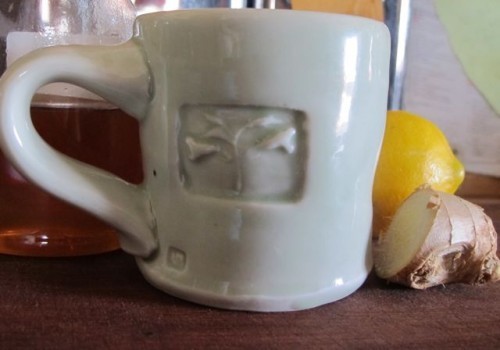
Ginger-Honey Tea
My writer friend Josh Barkan recommended this one. (People can be so nice when you're sick. I had food suggestions coming in left and right.) Fill a pan with water, add a chunk of fresh ginger. Bring to a boil and then simmer until the water gets a little cloudy. Add honey to taste. Add a slice of lemon if you have one on hand. Drink. Repeat. Repeat. Repeat.
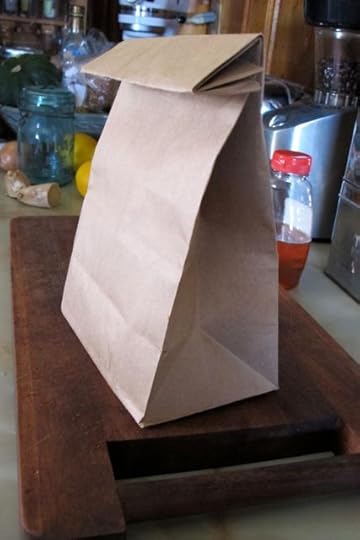
Take-Out Indian Food from India Garden, Atwood Street, Pittsburgh, Pa.
Because I couldn't keep up my usual cooking tendencies and Rick has been too busy to cook, he would call mid-day to see if I was still sniffing and hacking, and then ask what kind of take-out would make me feel better. I found eating spicy Palak Paneer a somewhat miraculous experience for the congested. Right now, I feel India Garden in Pittsburgh's Oakland neighborhood has the best version of this dish. Creamy and spicy and super-intensely spinachy with chunks of homemade cheese, Rick swears it IS what sent me down the road to recovery. We added garlic nan to the order.
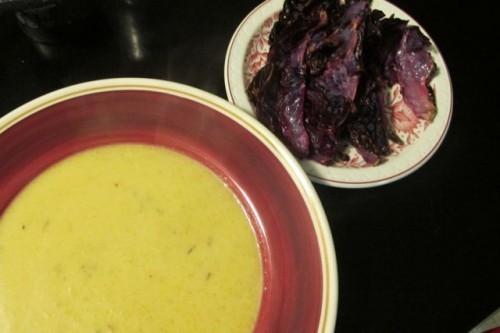
Coconut Chowder with butternut squash and pear
The creaminess comes from coconut milk, so this soup doesn't clog up a barely operational sinus system. I found this recipe by following the Vegetarian Times on Pinterest. It is thin and beautiful and helps to give the sick both nutrients and hope for the future.
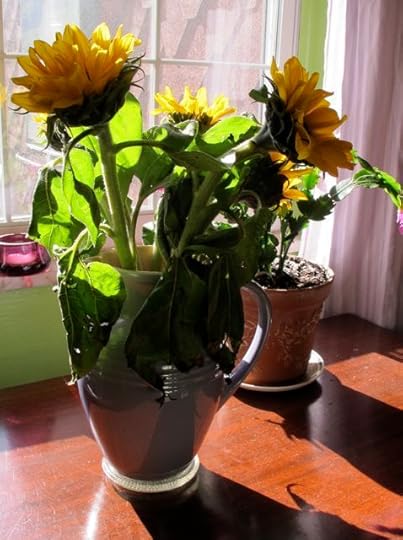
Flowers
True, these are not food. But the emotional up from the fresh-cut flowers that Rick toted in is worth noting. Glancing up from the crumple I was on the couch to see yellow tea roses or gleeful sunflowers let me know the world was still a stable and optimistic place. I recommend the flowers. I do.
January 26, 2012
Grilled Cheese Improvisation: Sauerkraut with Sharp Cheddar on Rye
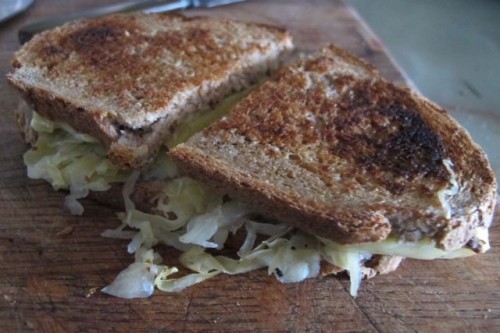
I pulled a container of homemade sauerkraut from the sack, then I pulled out a hunk of local cheese. I had already made fresh rye bread, and thus the sauerkraut-cheddar-rye grilled cheese was born.
It's true. I'm a little obsessed with the winter CSA we've signed up for from Kretschmann's Farms this year. I like the food challenge of pulling together meals from the surprises in the box.
Our latest CSA led right to today's improvisation. I added a smear of grainy mustard before grilling and wound up with the perfect winter sandwich.
Sherrie Flick's Blog
- Sherrie Flick's profile
- 38 followers


